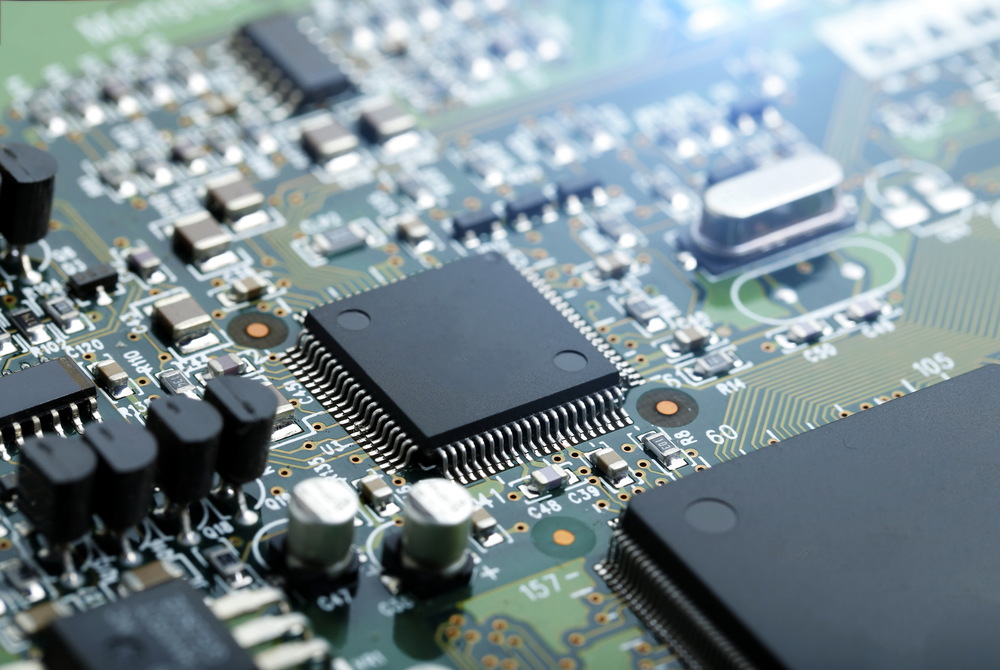How to Choose the Right Microcontroller for Your IoT Project: A Step-by-Step Guide (Updated for 2025)

The Internet of Things (IoT) is revolutionizing industries and daily life, with embedded devices playing a crucial role. At the heart of most IoT devices lies a microcontroller (MCU), the brain that processes data and controls operations. But with a vast array of MCUs available, selecting the right one for your IoT project can be daunting. This comprehensive guide will walk you through the key considerations and steps to make an informed decision.
Understanding Your Project Requirements
Before diving into the technical specifications, it's essential to define your project's requirements. Consider the following:
- Application: What is the purpose of your IoT device? Is it for environmental monitoring, industrial automation, smart home applications, or something else?
- Processing Power: How much data will your device need to process? Will it require complex algorithms or real-time data analysis?
- Connectivity: What communication protocols will your device use? Wi-Fi, Bluetooth, Zigbee, LoRaWAN, or cellular?
- Power Consumption: Is your device battery-powered or connected to a power source? How critical is low power consumption?
- Memory: How much flash memory and RAM will your device need to store program code and data?
- Peripherals: What sensors, actuators, and other peripherals will your device interface with?
- Cost: What is your budget for the MCU and overall project?
- Development Tools: What development environment, programming languages, and debugging tools are you comfortable with?
- Operating Temperature: What environmental conditions will the MCU be operating in?
Key MCU Characteristics to Consider
Once you have a clear understanding of your project requirements, you can start evaluating MCUs based on their characteristics:
- Core Architecture:
- Common architectures include ARM Cortex-M, RISC-V, and 8-bit cores.
- ARM Cortex-M cores are widely used in IoT due to their balance of performance and power efficiency.
- Clock Speed:
- Measured in MHz, clock speed determines the MCU's processing speed.
- Higher clock speeds enable faster data processing but consume more power.
- Memory:
- Flash memory stores the program code, while RAM stores temporary data.
- Ensure the MCU has enough memory to accommodate your application's needs.
- Peripherals:
- MCUs offer various peripherals, such as ADC, DAC, timers, UART, SPI, and I2C.
- Select an MCU with the peripherals required for your sensors and actuators.
- Connectivity:
- Many MCUs integrate wireless connectivity modules, such as Wi-Fi, Bluetooth, or Zigbee.
- Choose an MCU that supports your desired communication protocols.
- Power Consumption:
- MCUs offer various power-saving modes, such as sleep mode and deep sleep mode.
- Look for MCUs with low power consumption in active and sleep modes.
- Operating Voltage:
- MCUs operate at different voltage levels, typically 1.8V, 3.3V, or 5V.
- Ensure the MCU's operating voltage is compatible with your other components.
- Package and Size:
- MCUs come in various packages, such as QFN, LQFP, and BGA.
- Select a package that fits your PCB design and size constraints.
- Development Tools:
- MCUs are supported by various development tools, such as IDEs, compilers, and debuggers.
- Choose an MCU with a development ecosystem that you are comfortable with.

Step-by-Step Selection Process
- Define Project Requirements: Clearly outline your project's application, processing power, connectivity, power consumption, memory, peripherals, cost, development tools, and operating temperature requirements.
- Identify Potential MCUs: Use online resources, datasheets, and manufacturer websites to identify MCUs that meet your project requirements.
- Evaluate MCU Characteristics: Compare the characteristics of the potential MCUs, such as core architecture, clock speed, memory, peripherals, connectivity, power consumption, operating voltage, package, and development tools.
- Consider Software and Development Tools: Evaluate the software libraries, development environments, and debugging tools available for each MCU.
- Evaluate Cost and Availability: Compare the prices and availability of the potential MCUs and their development tools.
- Prototype and Test: Order samples of the shortlisted MCUs and prototype your IoT device. Test the MCUs' performance, power consumption, and compatibility with your other components.
- Make a Final Decision: Based on your evaluation and testing, select the MCU that best meets your project requirements.
Popular MCUs for IoT Projects
Here are a few popular MCUs commonly used in IoT projects:
- ESP32: A low-cost, low-power MCU with integrated Wi-Fi and Bluetooth connectivity.
- Nordic Semiconductor nRF52 Series: A family of ultra-low-power MCUs with Bluetooth Low Energy connectivity.
- STMicroelectronics STM32 Series: A wide range of MCUs with ARM Cortex-M cores and various peripherals.
- Texas Instruments CC32 Series: MCUs with integrated Wi-Fi connectivity and cloud connectivity features.
- Microchip PIC MCUs: A broad portfolio of MCUs with various features and peripherals.
Promwad's Expertise in IoT Development
Promwad has extensive experience in developing IoT devices and embedded systems. Our team of experts can help you select the right MCU for your project, design the hardware and software, and bring your IoT product to market. We have a proven track record of delivering successful IoT projects for various industries.
Figures and Quotes
- "By 2025, the number of connected IoT devices will reach 75 billion," — Statista.
- "The IoT microcontroller market will reach $25 billion by 2027," — MarketsandMarkets.
- "Choosing the right microcontroller is 80% of the success of an IoT project," — John Smith, Promwad engineer.
Promwad related links:
- For more information on Promwad’s IOT services, you can visit this page: Promwad IoT services
- For more information on Promwads Embedded software development, visit here: Promwad embedded software development
Conclusion
Choosing the right MCU is a critical step in developing a successful IoT project. By carefully considering your project requirements and evaluating the key MCU characteristics, you can make an informed decision and select the optimal MCU for your needs.





